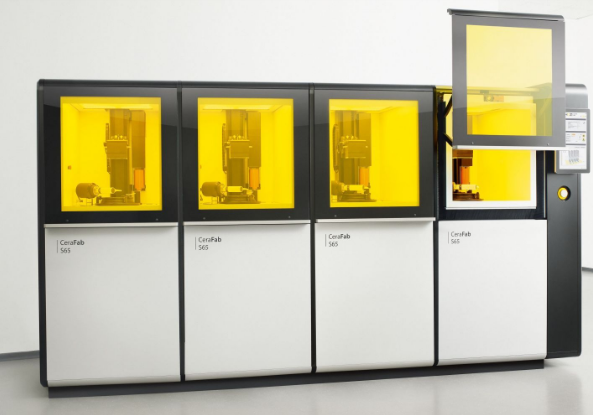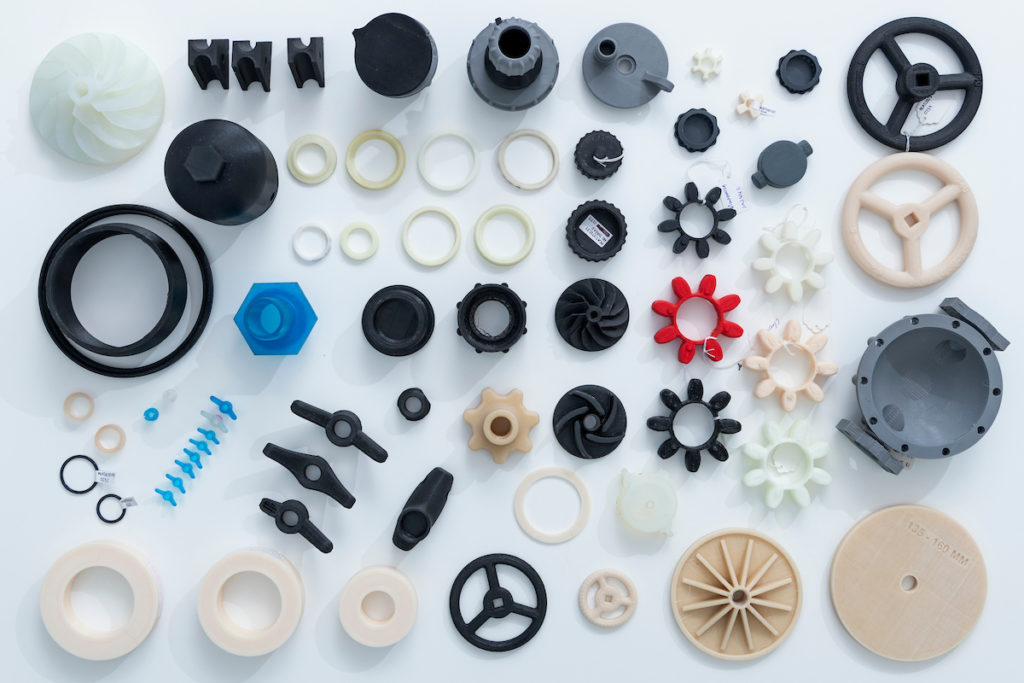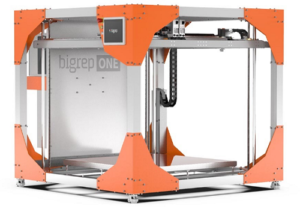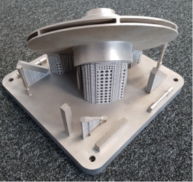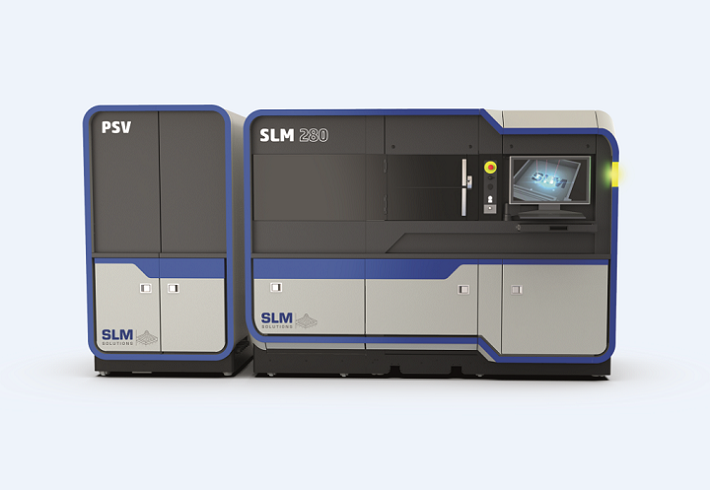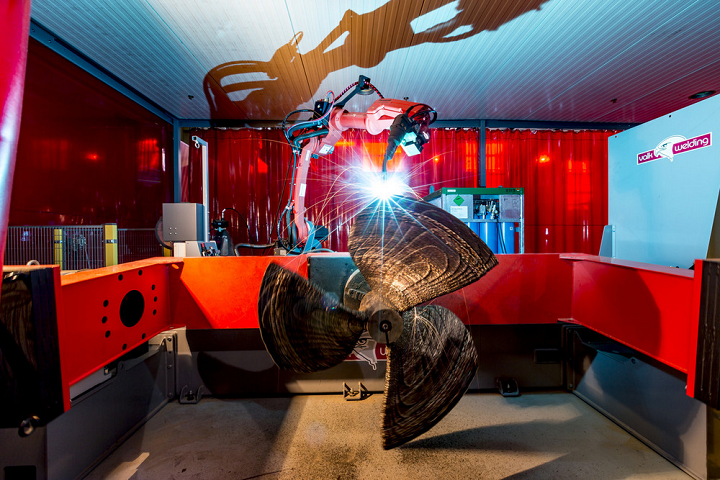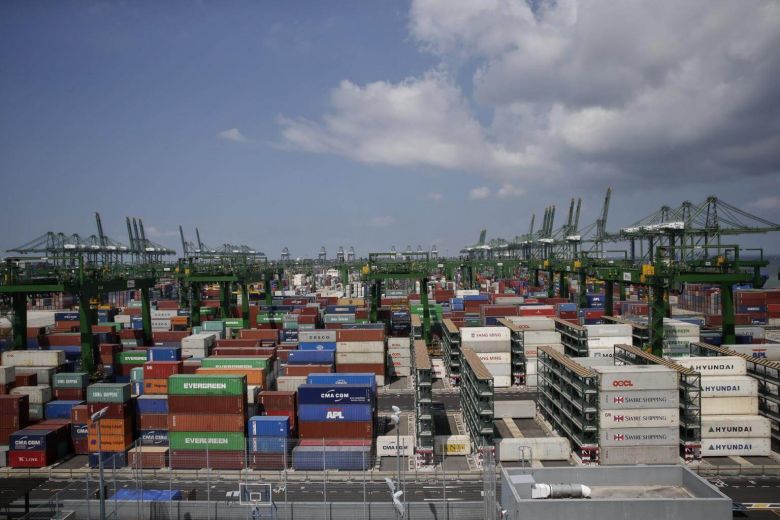A variety of transducers have been created via 3D printing, often driven by piezoelectric vibration and other features for innovations like cancer-measuring devices, parts for photo-acoustic systems, and 3D printing process monitoring. Now, an industry partnership between MITRE, MSI Transducers Corp., and Lithoz-America has been established to create a 3D-printed model for further development of transducers in specific applications.
Transducers are used in many different applications today, meant to serve as efficient converters of one element or measurement like light or pressure into an electrical signal. These devices are similar to sensors except that instead of reacting to a change in the environment, transducers are responsible for translating energy from one type to another. Used in many industries—from automotive to energy to medical—they may also be used in marine applications as aquatic transducers.
The three partners came together (through MITRE’s Bridging Innovation program) as there was a need for printing of piezoelectric material on MITRE’s end. As MITRE lacked the equipment or expertise to complete upcoming and specific development for underwater aquatic transducers, the partnership will yield knowledge from MSI in terms of piezoelectric material processing, as well as packaging, and testing of the products. Lithoz brings forth AM hardware, along with material development expertise for 3D printing piezoelectric materials and geometries.
Dealing with an underwater environment can be challenging in any case, and previously it has often only been possible to power transducers with batteries, employing systems that are not as efficient or sensitive as needed. With the use of piezocomposites, however, there is a much better transfer of energy.
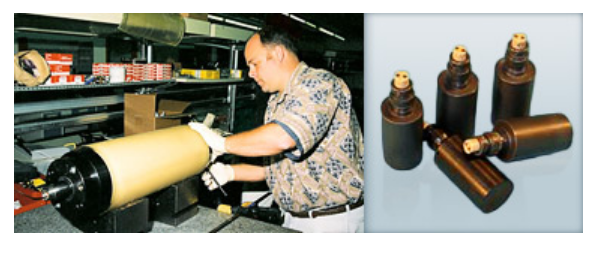
From the MSI website, including image: “MSI has designed transducers to withstand the most severe environments normally encountered in industrial applications, including temperatures ranging from -40°C to >150°C and pressures up to 25,000psi (170MPa). Frequencies can range from 25kHz to over 1MHz. In addition, MSI can produce large line and area arrays or roller transducer arrays for scanning large areas of industrial materials at high speed.”
While so far, there have been commercial restraints for the creation of such structures, the partners plan to use additive manufacturing processes for greater flexibility in production. In fact, here they will be using one of the greatest benefits of 3D printing as they are able to branch out and manufacture improved prototypes and products.
With the ambition to create “novel-shaped transducers with augmented properties,” the team expects to evolve far beyond the limitations of the technology typically used in the past; for example, they expect to increase sensitivity with materials through 3D printing, creating necessary structures that can be designed easily as well as changed on demand and then re-printed quickly.
Working as a group, they are able to cut out waiting periods usually required as other parties must go back and reproduce items that have been changed due to design flaws or lack of desired functionality. Overall, greater affordability, faster turnaround in production, and higher performance can be achieved—along with printing components and devices that are lighter in weight but stronger in many cases.
And while they are still seeking a ‘benchmark material,’ in 2019 the partners successfully designed, printed, and tested their first round of samples. They report that material and piezoelectric evaluations showed better quality than with traditional methods and consider such results to be a ‘major project milestone.’ This year they will begin to focus on designing and testing new and complex shapes and structures for improved performance in aquatic environments. The partners are also reporting on their research and success to Navy sponsors.
What do you think of this news? Let us know your thoughts! Join the discussion of this and other 3D printing topics at 3DPrintBoard.com.
[Source: The Mitre Corporation]
The post MITRE and Lithoz Advance Marine Transducers with 3D Printing appeared first on 3DPrint.com | The Voice of 3D Printing / Additive Manufacturing.

